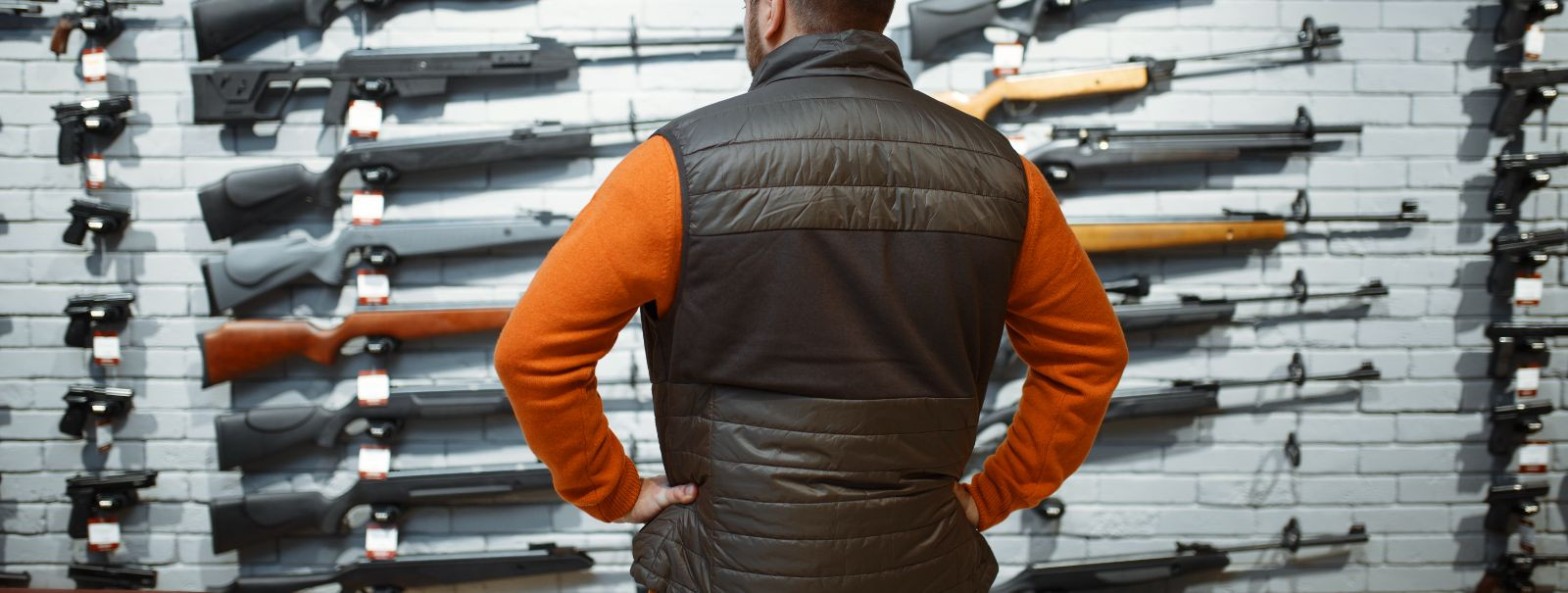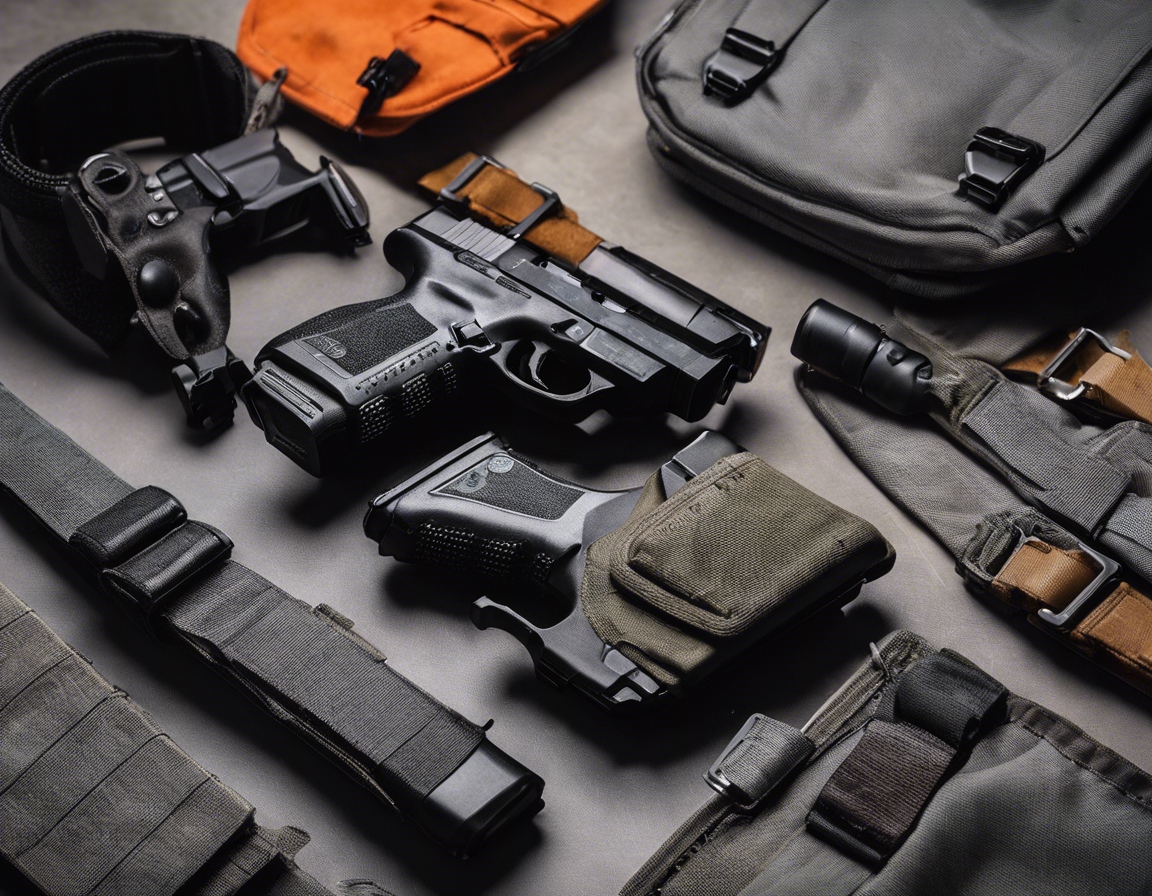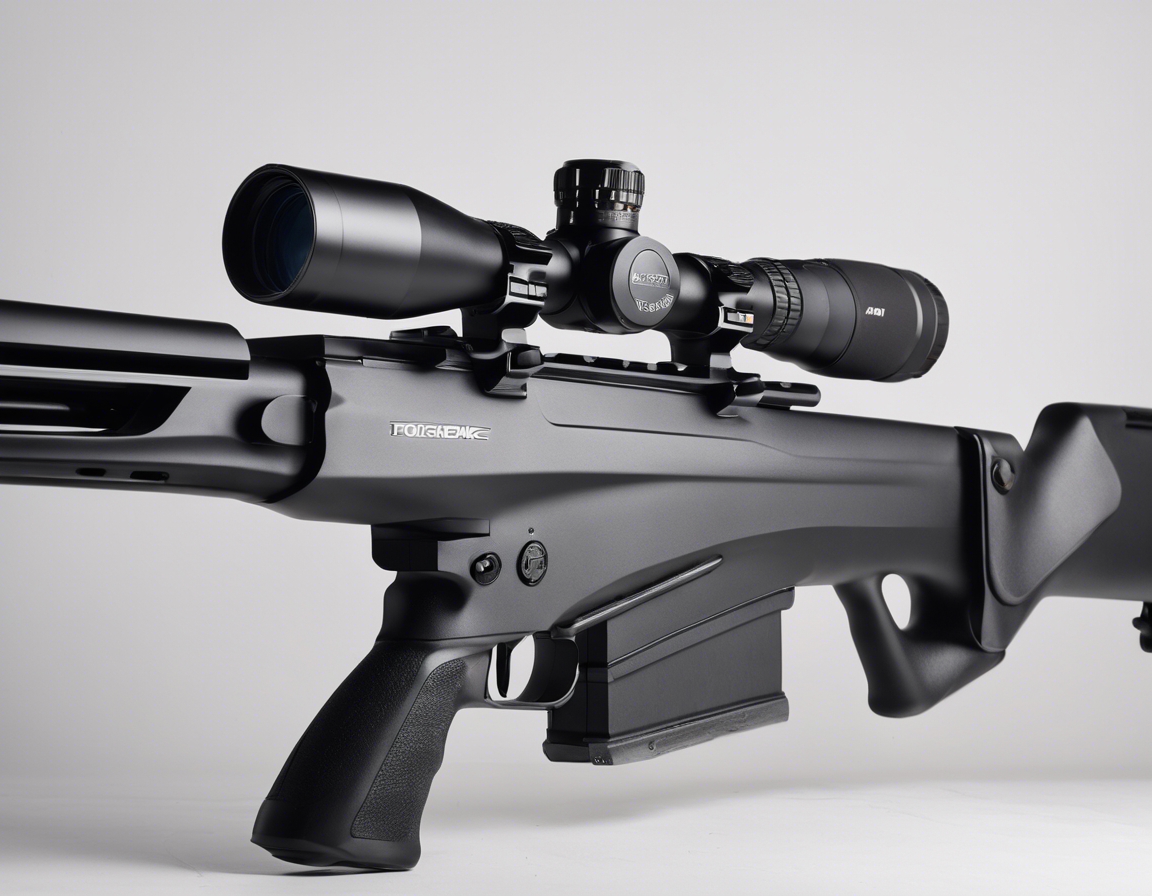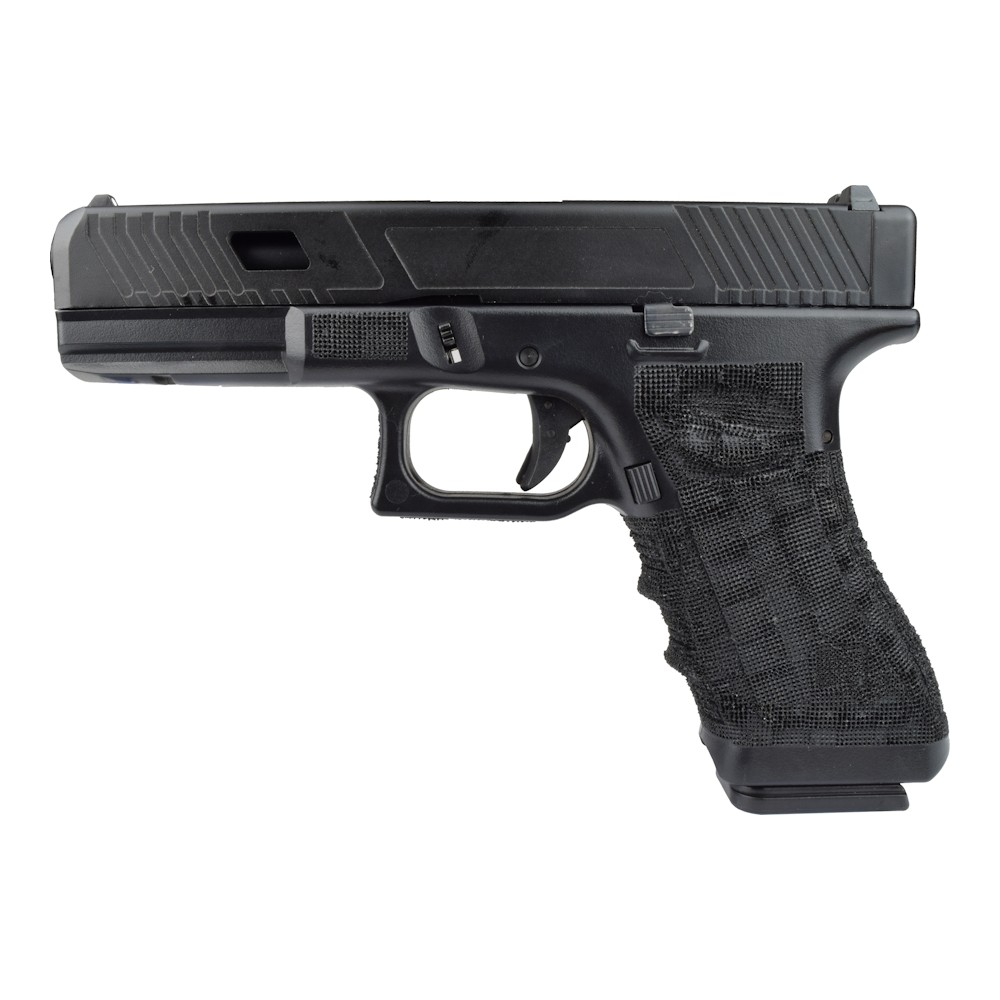Air weapons vs. firearms: understanding the differences
Air weapons, commonly known as airguns or pellet guns, are a type of projectile weapon that use compressed air or other gases to fire pellets or BBs. Unlike firearms, air weapons do not involve any chemical reactions to propel their ammunition. They come in various forms, including rifles, pistols, and shotguns, and are used for a range of activities from plinking and target shooting to hunting small game.
Firearms, on the other hand, are weapons that launch one or more projectiles at high speed by the combustion of gunpowder. This category includes handguns, rifles, and shotguns, and they are widely used for self-defense, law enforcement, military engagements, and sport shooting. Firearms are known for their stopping power and range, making them a staple in the arsenal of security professionals and enthusiasts alike.
Historical Evolution of Air Weapons and Firearms
The history of air weapons dates back to the 16th century, where they were used for hunting and warfare. Over the centuries, they have evolved in terms of design, power, and accuracy, with modern air rifles capable of rivaling the performance of some firearms in specific scenarios.
Firearms have a rich history that spans hundreds of years. The invention of gunpowder and the development of handheld guns revolutionized warfare and personal defense. Over time, firearms have undergone significant advancements in technology, leading to the modern, highly sophisticated weapons we see today.
Technical Differences Between Air Weapons and Firearms
Air weapons rely on pneumatic mechanisms, where pressurized air is released to propel the projectile. These mechanisms can be spring-piston, pre-charged pneumatic (PCP), or CO2 powered. Firearms use the rapid expansion of gases from burning gunpowder to force a projectile through a barrel at high speed.
The ammunition used in air weapons typically consists of pellets or spherical BBs made of lead or steel. Firearms use cartridges that contain a bullet, propellant, primer, and casing. The diversity of firearm ammunition allows for a wide range of applications, from small game hunting to military operations.
Generally, firearms possess greater power and range compared to air weapons. The energy delivered by a firearm's bullet can be lethal at significant distances, whereas air weapons are usually limited to shorter ranges and less stopping power.
While modern air rifles can be highly accurate, the precision and accuracy of firearms are often superior, especially at longer ranges. This is due to the higher velocities and more stable flight paths of bullets fired from firearms.
Legal and Regulatory Considerations
In many jurisdictions, air weapons are subject to less stringent regulations than firearms. They are often not classified as firearms and may not require a license or registration, making them more accessible for recreational use.
Firearms are heavily regulated worldwide, with strict laws governing their ownership, use, and transfer. These regulations are in place to ensure public safety and to prevent misuse.
Applications and Use Cases
Air weapons are popular for recreational shooting due to their ease of use and lower cost. They are often used for target practice and small game hunting. Firearms are also used recreationally, but typically require more training and adherence to safety protocols.
For security professionals, law enforcement, and military personnel, firearms are the tools of choice due to their power and reliability. Air weapons, while less common, can be used for training purposes or in specific tactical situations where a non-lethal approach is preferred.
Both air weapons and firearms are used in training scenarios. Air weapons can provide a safer and more cost-effective way to teach basic marksmanship and gun handling skills, especially to beginners.
Maintenance and Safety
Air weapons require regular maintenance to ensure their proper functioning. This includes cleaning the barrel, checking seals, and maintaining the air reservoir. However, the maintenance is generally less involved than that of firearms.
Firearms demand rigorous maintenance routines, including cleaning, lubrication, and inspection of components. Proper maintenance is critical to ensure safety and reliability, particularly for those used in professional settings.
Both air weapons and firearms require adherence to safety protocols to prevent accidents. This includes safe handling, proper storage, and the use of protective gear. Education on safety practices is essential for anyone using these weapons.







Kommentaarid (0)